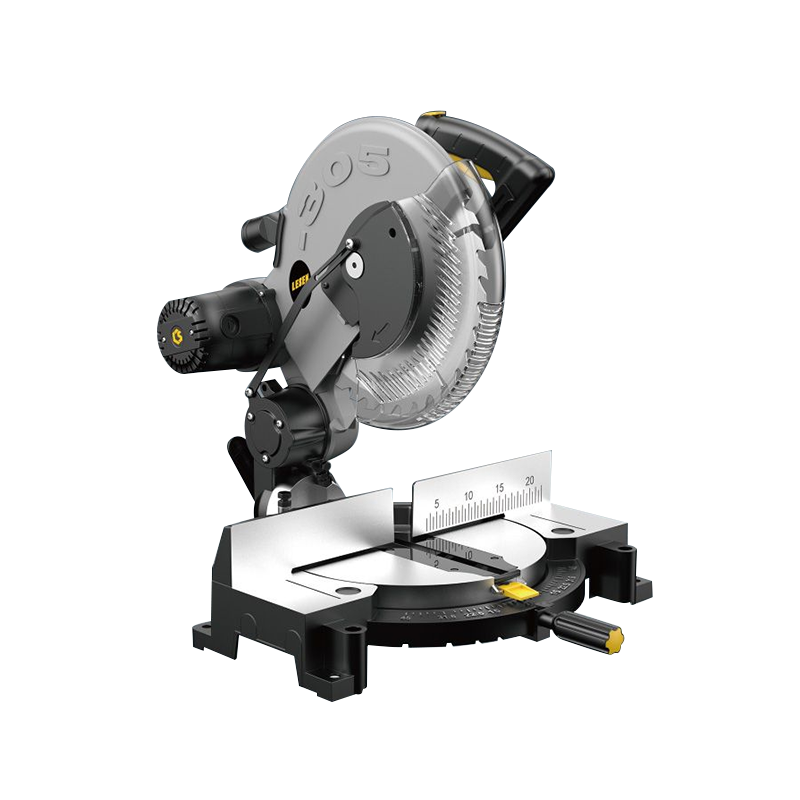
When working with aluminum cutting saws, choosing the right blade is crucial for achieving clean cuts, maintaining tool performance, and ensuring safety. Aluminum, as a metal, has unique properties that require specific blade characteristics to avoid issues such as melting, rough edges, or excessive wear. Understanding the types of blades suitable for aluminum cutting saws helps users select the appropriate tool for their specific cutting tasks and ensures efficient operation.
One common type of blade used for aluminum cutting saws is the carbide-tipped blade. These blades feature teeth made of carbide, a hard and durable material capable of maintaining sharpness over time. Carbide-tipped blades are especially useful when cutting aluminum as they provide clean and precise cuts without generating excessive heat. The sharpness of the carbide teeth reduces friction, minimizing the risk of aluminum melting or sticking to the blade. This helps improve cutting accuracy and surface finish.
Another blade option suitable for aluminum cutting saws is the non-ferrous metal cutting blade. These blades are specifically designed to cut softer metals such as aluminum, copper, and brass. They often have a higher tooth count compared to blades intended for harder metals, which allows for smoother cuts. The tooth design typically involves an alternate top bevel or triple chip grind, which prevents material buildup on the blade and reduces vibration during operation. Using this type of blade on an aluminum cutting saw helps produce clean edges and extends the blade’s lifespan.
When selecting a blade for an aluminum cutting saw, the tooth count and pitch are important factors. Blades with a higher tooth count usually deliver smoother finishes but may cut slower, while blades with fewer teeth can cut faster but may leave rougher edges. For aluminum, blades generally have between 60 and 100 teeth, depending on the saw’s size and the thickness of the material. Fine-tooth blades work well for thin aluminum sheets, while coarser blades may be suitable for thicker sections.
Blade material and coating also impact performance in aluminum cutting. Some blades come with special coatings such as titanium or Teflon that help reduce friction and heat buildup. These coatings contribute to longer blade life and cleaner cuts by preventing aluminum from sticking to the teeth. In addition, proper cooling and lubrication during cutting can further enhance blade performance and prevent damage.
It is important to note that using the wrong blade on an aluminum cutting saw can lead to several problems. For example, using a blade designed for wood or ferrous metals can cause excessive heat, material melting, and uneven cuts. This not only reduces the quality of the work but may also damage the saw and pose safety risks. Therefore, matching the blade type to the material and saw specifications is essential.
Carbide-tipped blades and non-ferrous metal cutting blades are among the most suitable choices for aluminum cutting saws. These blades, characterized by specific tooth designs, appropriate tooth count, and special coatings, help achieve clean, efficient cuts while protecting the saw and extending blade life. Understanding these factors allows users to select the right blade for their aluminum cutting saw and ensures better performance on renovation, fabrication, or manufacturing projects involving aluminum materials.
